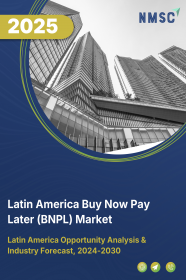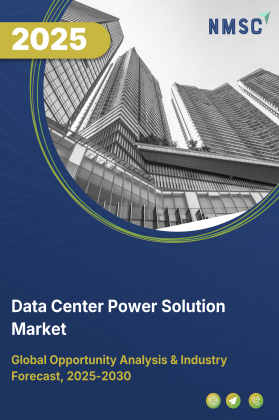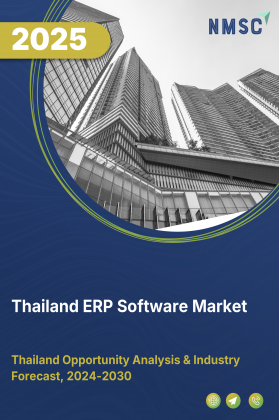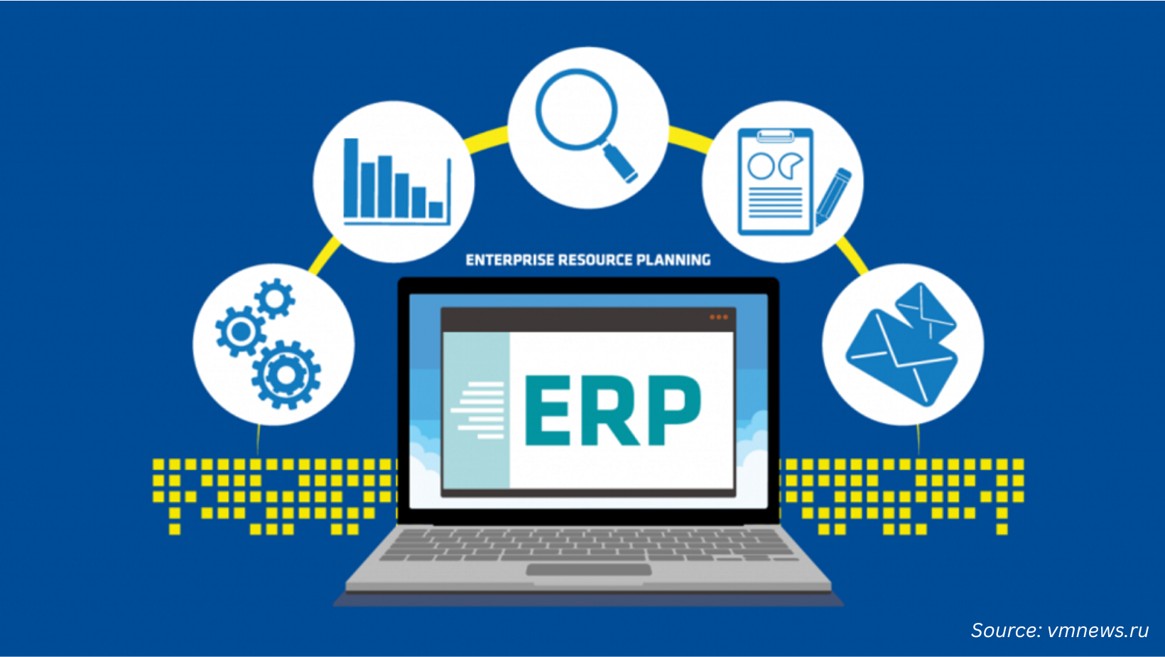
Latin America Buy Now Pay Later (BNPL) Market by Channel (Online, and Point of Sale (PoS)), by Enterprise Type (Small & Medium Enterprises (SMEs), and Large Enterprises), by Application (Consumer Electronics, Fashion & Garments, Media & Entertainment, Healthcare & Wellness, Automotive, Furnishing, and Others), and by End User (Generation X, Generation Z, Millennials, and Baby Boomers) - Opportunity Analysis and Industry Forecast, 2024– 2030
Industry: ICT & Media | Publish Date: 07-Nov-2025 | No of Pages: 162 | No. of Tables: 108 | No. of Figures: 73 | Format: PDF | Report Code : IC2142
Latin America Buy Now Pay Later (BNPL) Market Overview
The Latin America Buy Now Pay Later (BNPL) Market size was valued at USD 520.5 million in 2023, and is predicted to reach USD 3283.2 million by 2030, at a CAGR of 25.4% from 2024 to 2030. Buy now pay later (BNPL) is a convenient short-term financing option that allows consumers to defer payment for purchases to a later date. This payment method, structured with an installment plan, involves consumers, financiers, and merchants, enabling customers to shop online and in stores without immediate full payment. BNPL is versatile, covering a wide range of purchases from everyday items including clothing and electronics to larger expenses such as home improvement products.
The popularity of BNPL is on the rise due to its numerous advantages for consumers. It provides a flexible way to buy high-cost items such as smartphones and laptops, pay for educational expenses including tuition fees and stationery, and even cover daily expenses such as canteen bills. Additionally, the introduction of zero-interest payment options by BNPL providers makes this payment solution even more appealing to customers, offering them a convenient and attractive payment alternative.
Expanding Digital Retail Infrastructure and Strong Shift Toward Consumer Credit Accessibility Fuel BNPL Uptake
The Latin American BNPL market is witnessing robust growth fueled by the rapid expansion of digital retail ecosystems across key economies such as Brazil, Mexico, Colombia, and Chile. As more consumers shift to online and mobile-first shopping, merchants are adopting BNPL at checkout to drive higher conversion rates and customer retention. Simultaneously, a sizable portion of the population remains underserved by traditional credit institutions. BNPL fills this gap by offering frictionless, short-term financing with minimal barriers to entry. The integration of BNPL with mobile wallets, e-commerce platforms, and embedded fintech solutions is transforming how consumers in the region access and manage credit, driving exponential market growth.
Growing Youth Population and Digital Engagement Shape a New Credit Consumption Culture
Latin America’s increasingly young and digitally engaged population is redefining financial behavior, favoring alternative credit models that prioritize flexibility and transparency. Gen Z and millennials—who represent a significant share of Latin America’s workforce—are highly receptive to BNPL’s no-interest, scheduled installment features, viewing them as a safer alternative to revolving debt. Their comfort with digital identity tools, mobile banking apps, and in-app financing allows BNPL providers to scale rapidly through embedded solutions. As this demographic continues to gain purchasing power, their influence is driving a long-term shift away from traditional credit systems toward mobile-native, customer-centric alternatives like BNPL.
Inconsistent Regulatory Frameworks and Risk of Consumer Over-indebtedness May Slow Market Momentum
Despite the BNPL sector’s promising growth, its scalability in Latin America is challenged by the absence of harmonized regulatory guidelines across the region. Countries are at varying stages of implementing consumer protection laws for BNPL, leading to compliance uncertainty and operational complexity for cross-border providers. Additionally, concerns over potential over-indebtedness—particularly among younger users with limited financial literacy—are prompting discussions around mandatory credit checks and reporting obligations. If implemented without regional alignment, such policies may increase onboarding friction and raise costs for providers, affecting their ability to scale sustainably.
Positioning BNPL as a Driver of Inclusive Financial Access in Underbanked Regions
A significant opportunity lies in leveraging BNPL to promote financial inclusion across Latin America’s underserved populations, particularly in rural or informal segments where banking infrastructure is limited. By collaborating with micro-retailers, local digital wallets, and social commerce platforms, BNPL providers can introduce accessible credit models to communities historically excluded from formal lending systems. Additionally, integrating financial literacy tools and budget management features within BNPL apps can enhance responsible usage. Such positioning not only aligns with ESG and digital inclusion goals but also opens a vast untapped user base for BNPL providers in Latin America’s evolving fintech landscape.
Competitive Landscape
The market players operating in the Latin America buy now pay later industry include MercadoPago S.A. (Mercado Crédito), Kueski, S.A. de C.V., Addi S.A.S., Aplazo S.A., PayPal Holdings, Inc, Nelo Mobile S.A. de C.V., RecargaPay, PicPay Serviços S.A., PagSeguro Internet S.A., Rappi S.A.S. (RappiPay), and others.
Latin America Buy Now Pay Later Market Key Segments
By Channel
-
Online
-
Point of Sale (PoS)
By Enterprise Type
-
Small & Medium Enterprises (SMEs)
-
Large Enterprises
By Application
-
Consumer Electronics
-
Fashion & Garments
-
Media & Entertainment
-
Healthcare & Wellness
-
Automotive
-
Furnishing
-
Others
By End User
-
Generation X
-
Generation Z
-
Millennials
-
Baby Boomers
By Region
-
Latin America
-
Brazil
-
Mexico
-
Argentina
-
Colombia
-
Chile
-
Peru
-
Other Countries
-
Key Players
-
MercadoPago S.A. (Mercado Crédito)
-
Kueski, S.A. de C.V.
-
Addi S.A.S.
-
Aplazo S.A.
-
PayPal Holdings, Inc
-
Nelo Mobile S.A. de C.V.
-
RecargaPay
-
PicPay Serviços S.A.
-
PagSeguro Internet S.A.
-
Rappi S.A.S. (RappiPay)
Report Scope And Segmentation
|
Parameters |
Details |
|
Market Size in 2023 |
USD 520.5 Million |
|
Revenue Forecast in 2030 |
USD 3283.2 Million |
|
Growth Rate |
CAGR of 25.4% from 2024 to 2030 |
|
Analysis Period |
2023–2030 |
|
Base Year Considered |
2023 |
|
Forecast Period |
2024–2030 |
|
Market Size Estimation |
Million (USD) |
|
Growth Factors |
|
|
Companies Profiled |
10 |
|
Market Share |
Available for 10 companies |
|
Customization Scope |
Free customization (equivalent up to 80 working hours of analysts) after purchase. Addition or alteration to country, regional, and segment scope. |
|
Pricing and Purchase Options |
Avail customized purchase options to meet your exact research needs. |

















 Speak to Our Analyst
Speak to Our Analyst

























